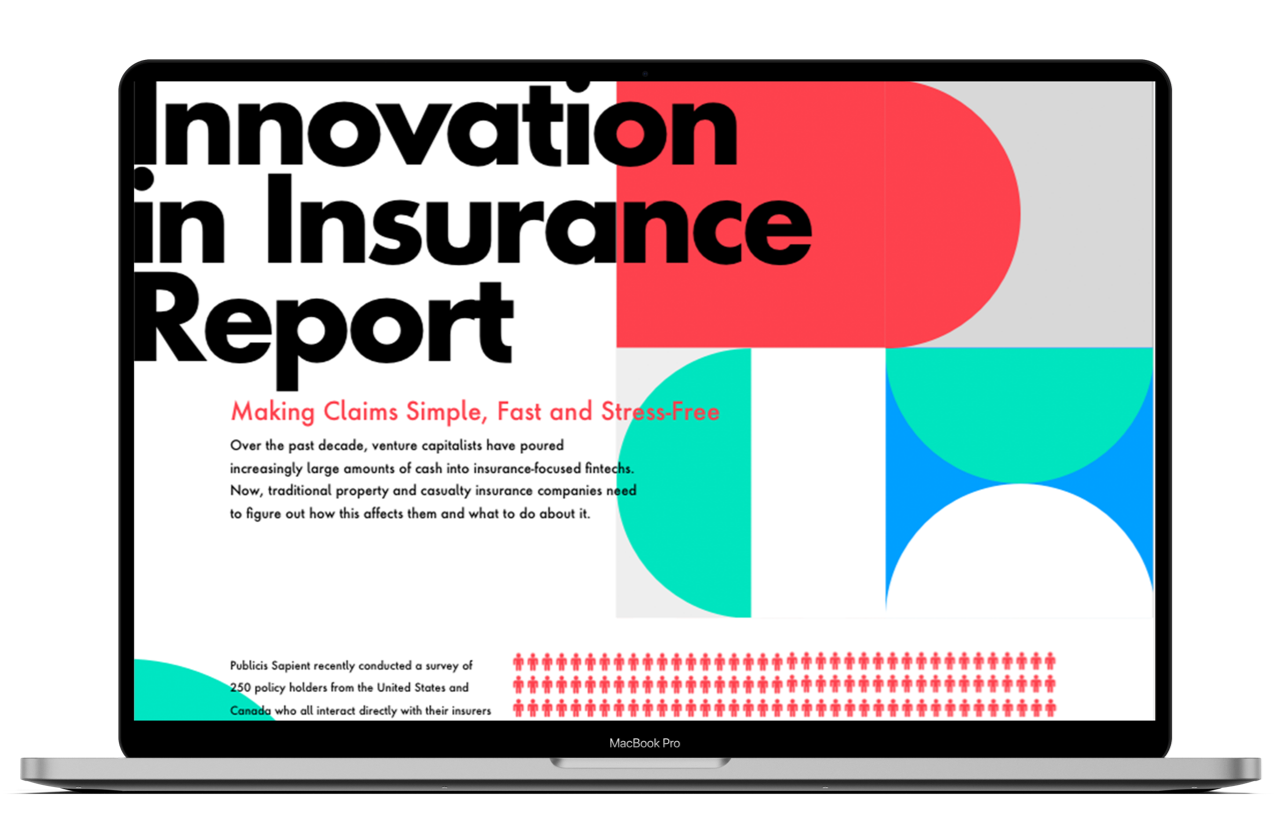According to our latest survey, people who file vehicle insurance claims are most frustrated by delays in claims payouts, lack of information about the claims progress, smaller than expected claims payouts, denial of claims and inability to reach claims staff.
Digitally enhanced interactions keep raising expectations so there’s always room for improving the customer, and the agent, experience. Property and casualty insurance companies can make the biggest impact for policy holders by improving the claims process through innovation—a commonly overlooked opportunity.
A future of claims that embraces technology, data, AI and analytics can offer policy holders what they demand and increase growth and retention.















